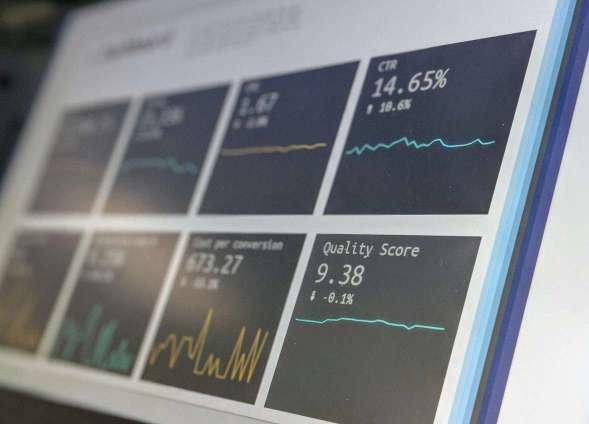Revolutionizing Retail: AR and VR Experiences in Shopping
3 min read
06 Sep 2024
Augmented reality (AR) and virtual reality (VR) technologies are reshaping the retail industry by offering immersive and interactive shopping experiences that bridge the gap between online and offline shopping. From virtual try-on experiences to augmented reality product visualization, AR and VR are revolutionizing the way consumers shop and engage with brands.
One of the key advantages of AR and VR in retail is their ability to provide personalized and interactive experiences for shoppers. AR apps allow customers to visualize products in their own environment, whether it's trying on clothes or placing furniture in their homes, helping them make more informed purchasing decisions.
Moreover, VR technology offers fully immersive shopping experiences that transport customers to virtual stores and environments. Through VR headsets, shoppers can explore virtual showrooms, browse products, and make purchases, all from the comfort of their own homes. This convenience and flexibility are particularly appealing to busy consumers and those looking for unique shopping experiences.

Another aspect that sets AR and VR shopping experiences apart is their ability to enhance engagement and brand loyalty. By offering interactive and memorable experiences, retailers can create deeper connections with customers and increase brand awareness and affinity. Whether it's through gamified AR experiences or virtual brand activations, AR and VR technology can help retailers stand out in a crowded marketplace.
Furthermore, AR and VR technologies can address common pain points in the retail experience, such as sizing issues and product uncertainty. AR try-on experiences, for example, allow customers to virtually try on clothes and accessories, helping them find the perfect fit without the need to visit a physical store. Similarly, AR product visualization can help customers better understand product features and functionalities, reducing the likelihood of returns and exchanges.
From a business perspective, AR and VR offer new opportunities for retailers to innovate and differentiate themselves in the market. By investing in AR and VR experiences, retailers can create immersive and memorable shopping journeys that drive customer engagement, increase sales, and foster brand loyalty.
However, challenges remain, including the need for seamless integration of AR and VR technology into existing retail ecosystems, the development of high-quality content and experiences, and concerns about privacy and data security. Despite these challenges, the potential for AR and VR to revolutionize the retail industry is significant, promising new possibilities for customer engagement and brand innovation.
In conclusion, AR and VR technologies are revolutionizing the retail industry by offering immersive, interactive, and personalized shopping experiences. As retailers continue to embrace these technologies and explore new ways to engage with customers, the future of retail is set to become even more dynamic, innovative, and customer-centric.
More Articles

AI in Agriculture: Precision Farming and Sustainable Practices
7 min read | 26 Aug 2024

Machine Learning Algorithms: An Overview of Popular Techniques and Their Applications
4 min read | 25 Aug 2024

AI and the Creative Arts: Exploring Machine Generated Music and Art
7 min read | 24 Aug 2024

AI in Education: Personalized Learning and Intelligent Tutoring Systems
6 min read | 23 Aug 2024
More Articles

DataOps: The Key to Supercharging Your Data Analytics
4 min read | 21 Jul 2024

Transform Your Business with Cutting-Edge Data Pipeline Strategies
6 min read | 20 Jul 2024

Data Mesh: The Game-Changer in Data Architecture
4 min read | 19 Jul 2024

Why Data Fabric is the Future of Data Management
5 min read | 18 Jul 2024
